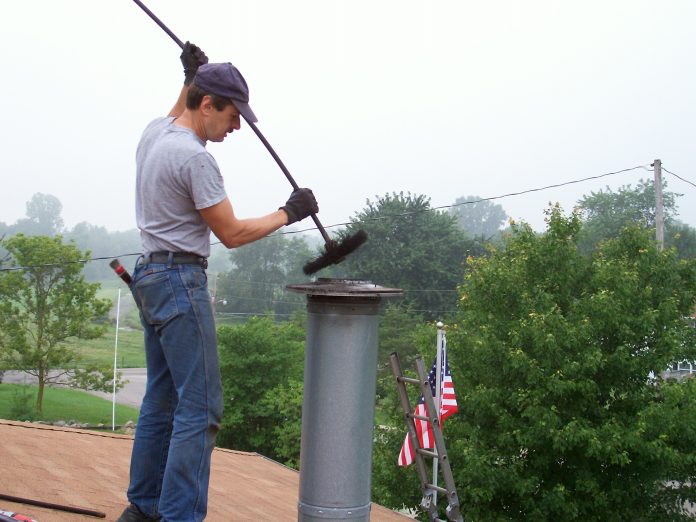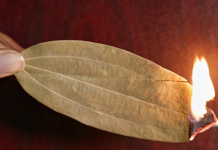Of all the chores you strive to do in your home (copper cleaning, gasket cleaning, mold cleaning, periodic cleaning), chances are that chimney cleaning is not high on your list. As you sit comfortably in front of the fireplace watching the flames crackle, soot buildup and flammable residue aren’t exactly romantic things to think about (out of sight, out of mind, right?). And yes, we did say flammable – have we got your attention yet?
Before you fire up the fireplace this season, you should do what you need to do to have your chimney properly cleaned and inspected. Avoiding routine chimney maintenance can lead to big (and costly) problems down the road. (You can perform this maintenance yourself, but most homeowners hire a chimney sweeping service. It’s a potentially dangerous and very dirty job that, in most cases, is best left to professionals. (If you picture Dick Van Dyke as Bert the chimney sweep in Mary Poppins, you’re not alone, but it’s a serious job.)
How often should the chimney be cleaned?
Why should you clean the chimney?
Keeping your chimney clean helps prevent house fires, simple as that. When a chimney fire occurs, two things happen: Soot accumulates in the chimney, along with creosote, a heavy, thick, oily, tar-like residue that is a byproduct of wood burning. While soot is easier to remove, creosote sticks to the chimney liner and can be dangerous because it is extremely flammable. In short, the more creosote there is, the greater the risk of fire.
How often should a chimney be cleaned?
Once a year. Annual maintenance, including cleaning and inspection, is recommended.
Can I clean my own chimney?
Yes and no.
If you want to save money, you can remove soot from the chimney yourself. But safety first: this isn’t just any DIY job; after all, you’ll be on the roof. To save yourself the cleanup afterward, take steps to protect the inside of your home (doormats and plastic sheeting to seal off the area from all the dust), protect yourself with the right equipment (goggles, dust mask, sturdy ladder), and buy the right types of chimney brushes for the job. Consult the step-by-step instructions before you begin to ensure thorough and safe cleaning.

How do I clean the inside of a chimney?
Chimney brushes are the tools of choice for cleaning soot from the chimney. But it’s not that simple, as there are a number of supplies needed inside and outside your home that need to be considered before tackling this task.
How much does it cost to clean a chimney?
It depends on where you live, but in general, a professional chimney cleaning costs between $125 and $300. This price should include an inspection (to assess overall safety) and a thorough cleaning, or sweeping. Removing thicker creosote will probably cost more, and if you have bugs (dead or alive) in the chimney or major repairs, you’ll have to pay a little more.
Do experts recommend chimney sweep logs and are they really effective?
Yes and yes, but you have to have realistic expectations. Above all, the burning of a chimney sweep log should not be a substitute for an annual chimney cleaning! When a chimney sweep log burns, the creosote dries and becomes flaky. This makes the work of a professional chimney sweep much easier, but cleaning is still necessary.
Does a gas fireplace need to be cleaned?
Yes, just like wood-burning fireplaces, gas fireplaces should be inspected and cleaned once a year. It is not so much creosote that concerns you as a bird’s nest that needs to be removed.
Is cleaning a fireplace chimney the same as cleaning a wood stove?
Yes and no. The same problems (creosote and soot buildup) occur in wood stove chimneys as in normal chimneys. Cleaning should be done annually, but the process of cleaning a wood stove chimney is less extensive. Start by consulting the owner’s manual. It should contain specific instructions, as well as a recommendation for a cleaning kit and/or supplies. Burning logs first to remove creosote can make the job easier, and consulting a professional or the local fire department is also a wise option. Remember: safety first!










